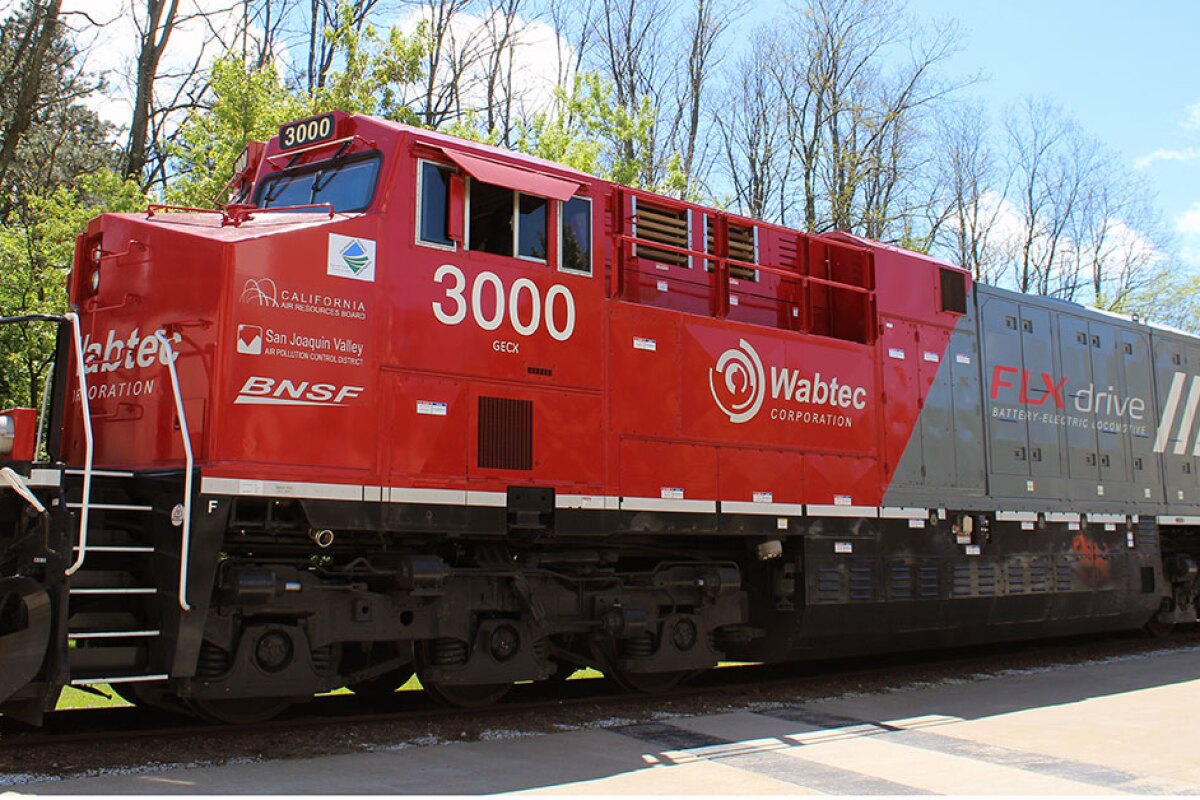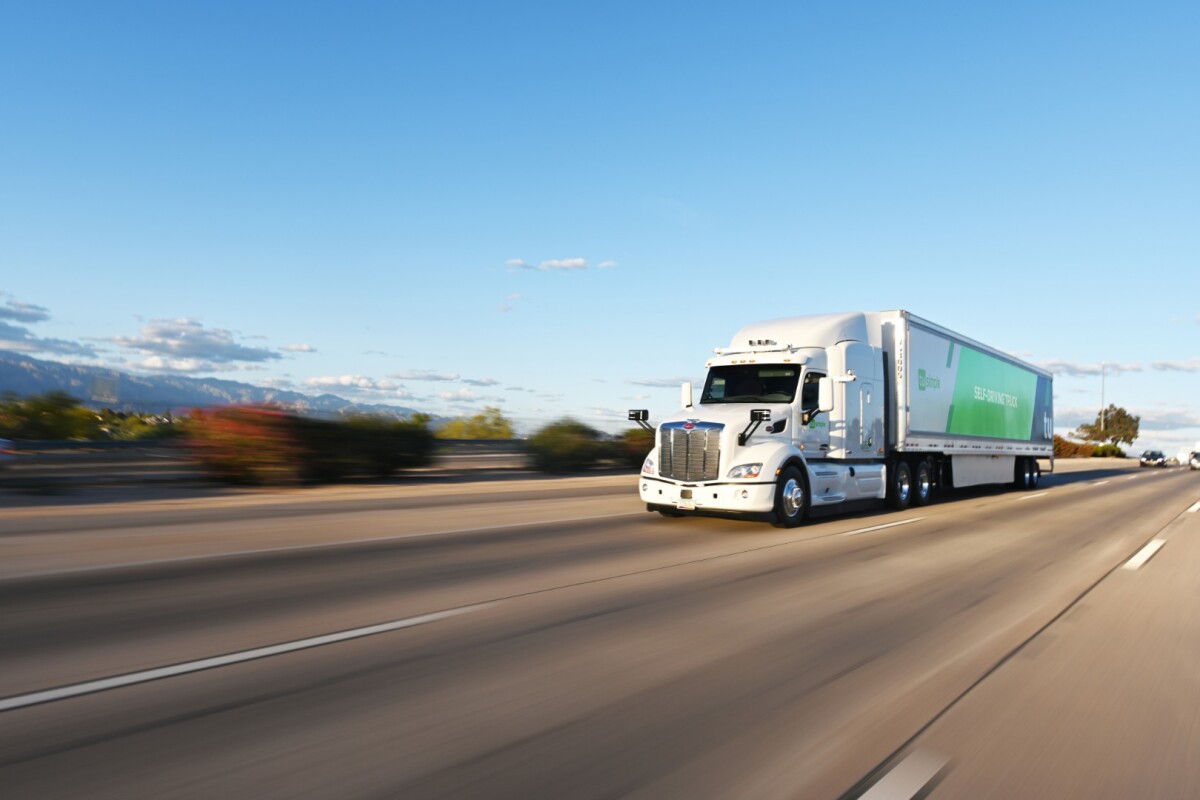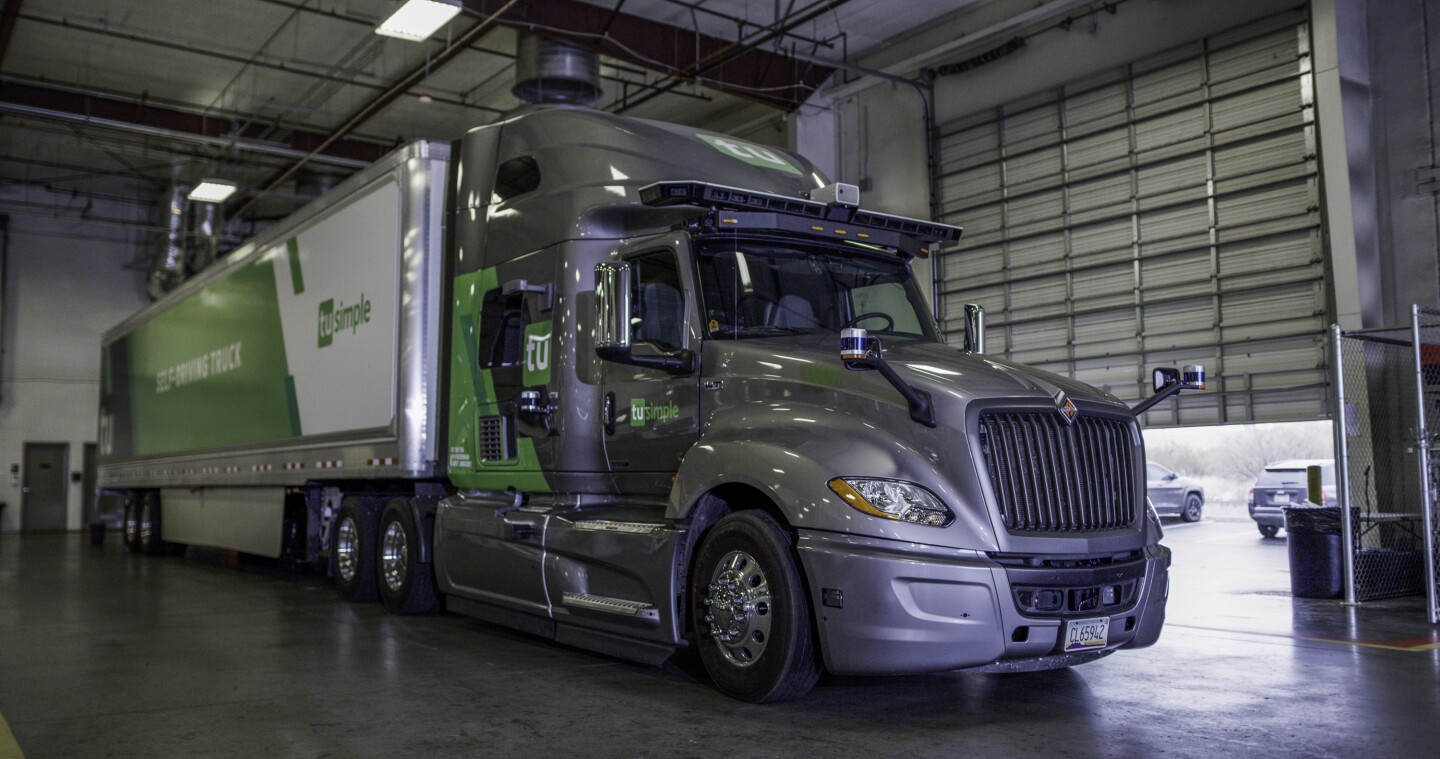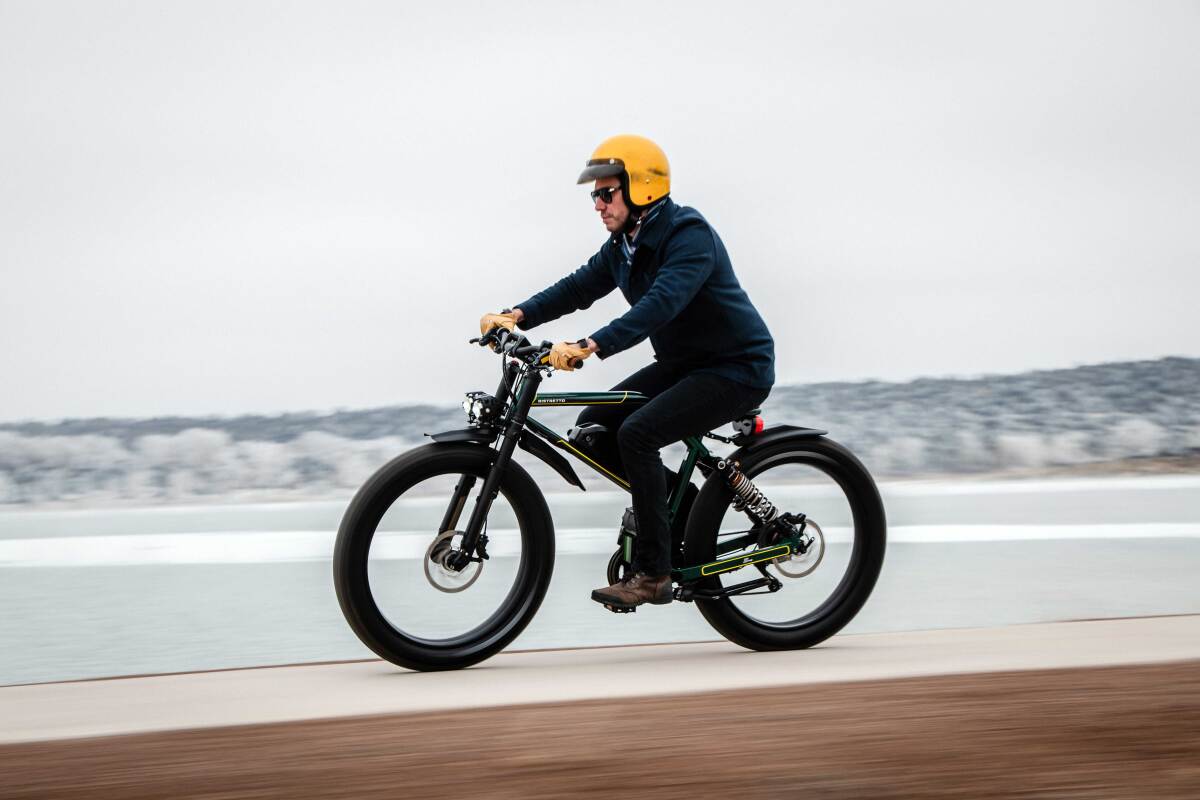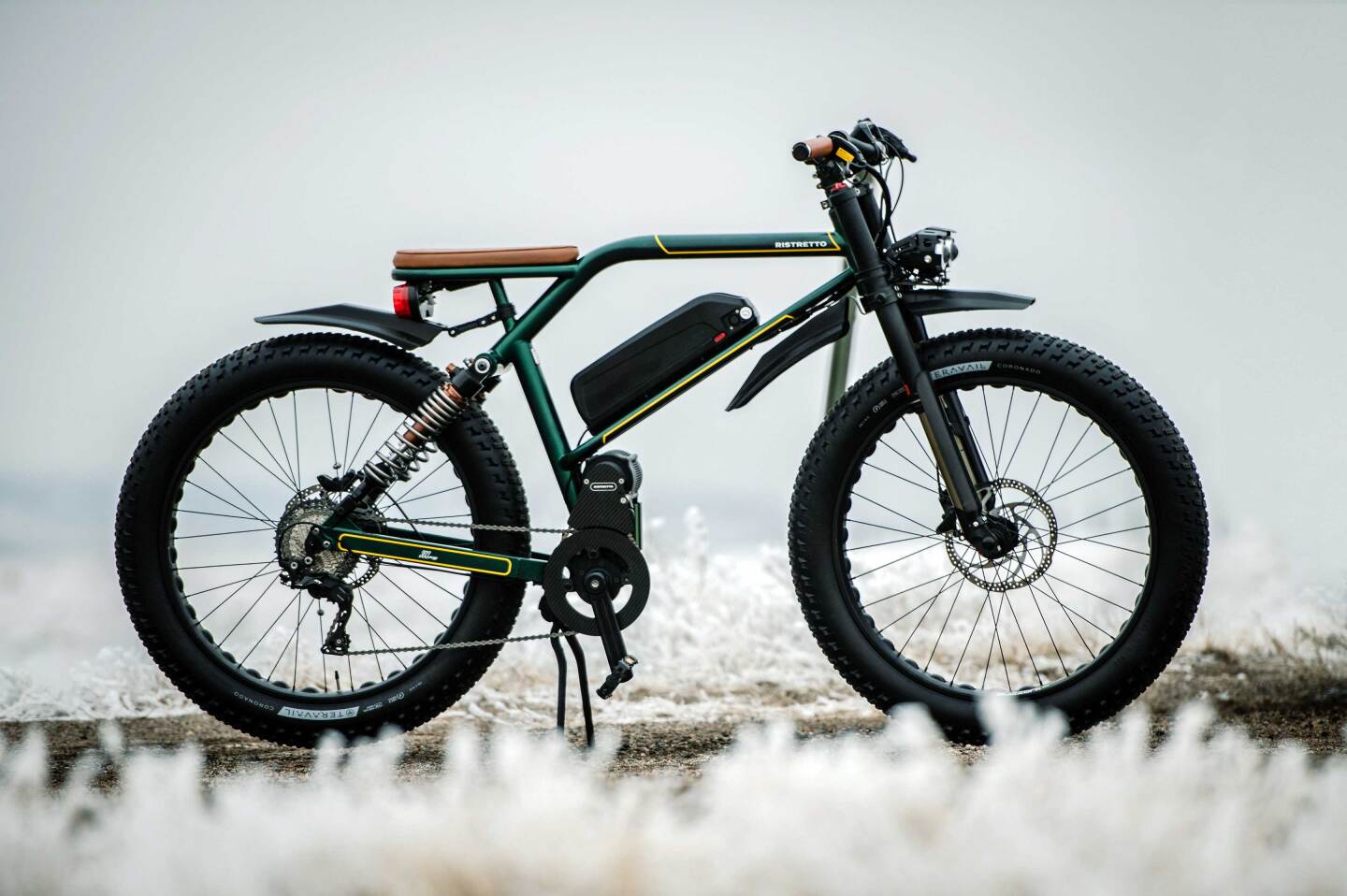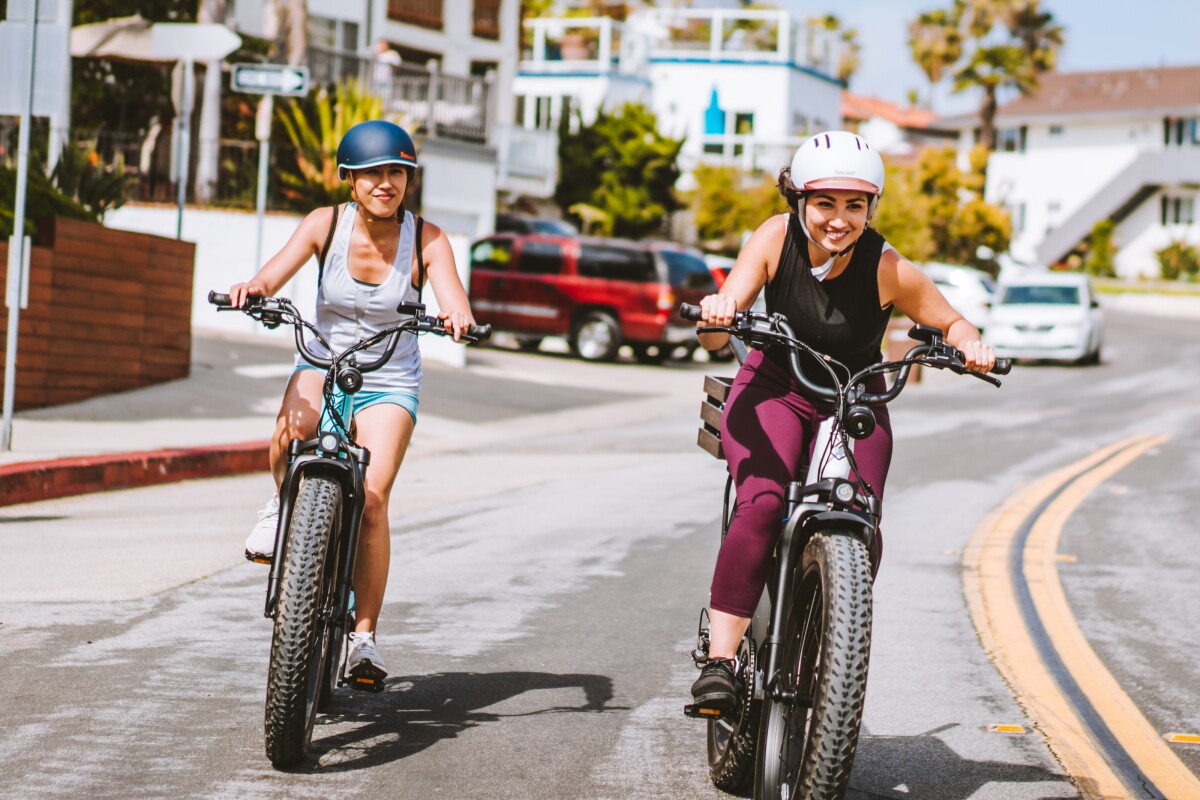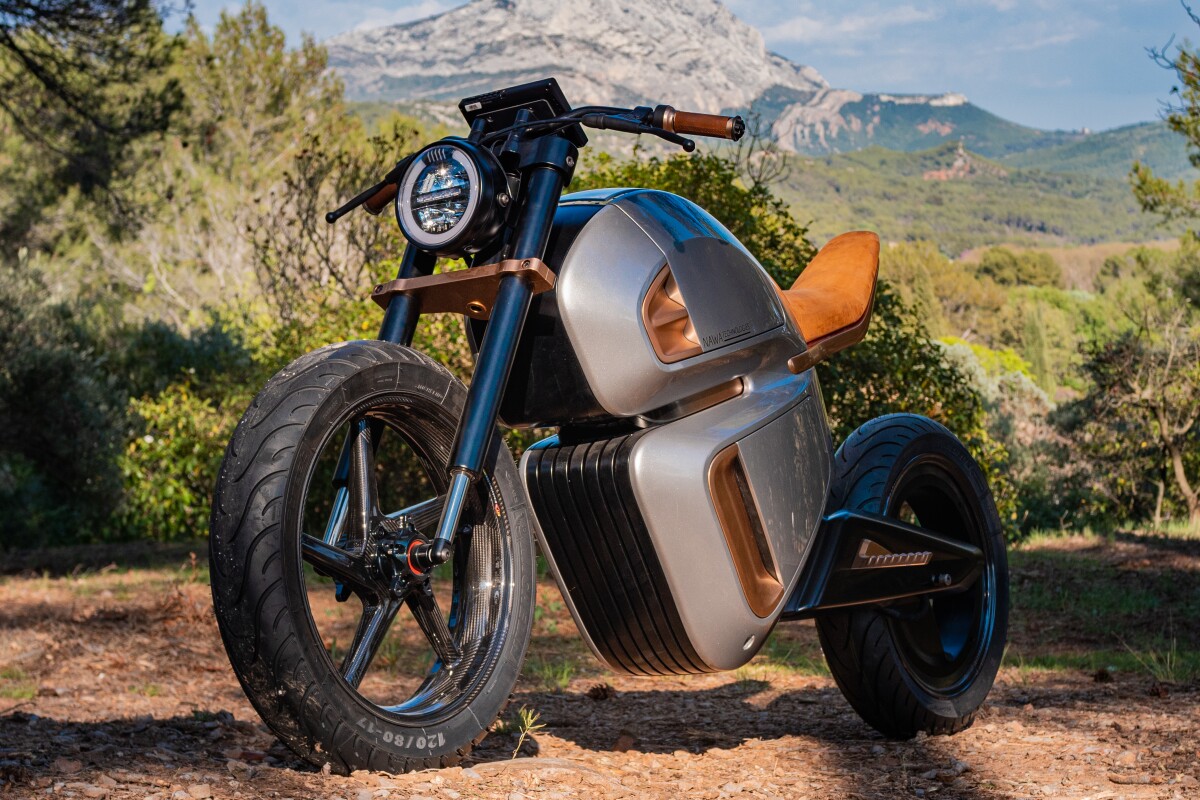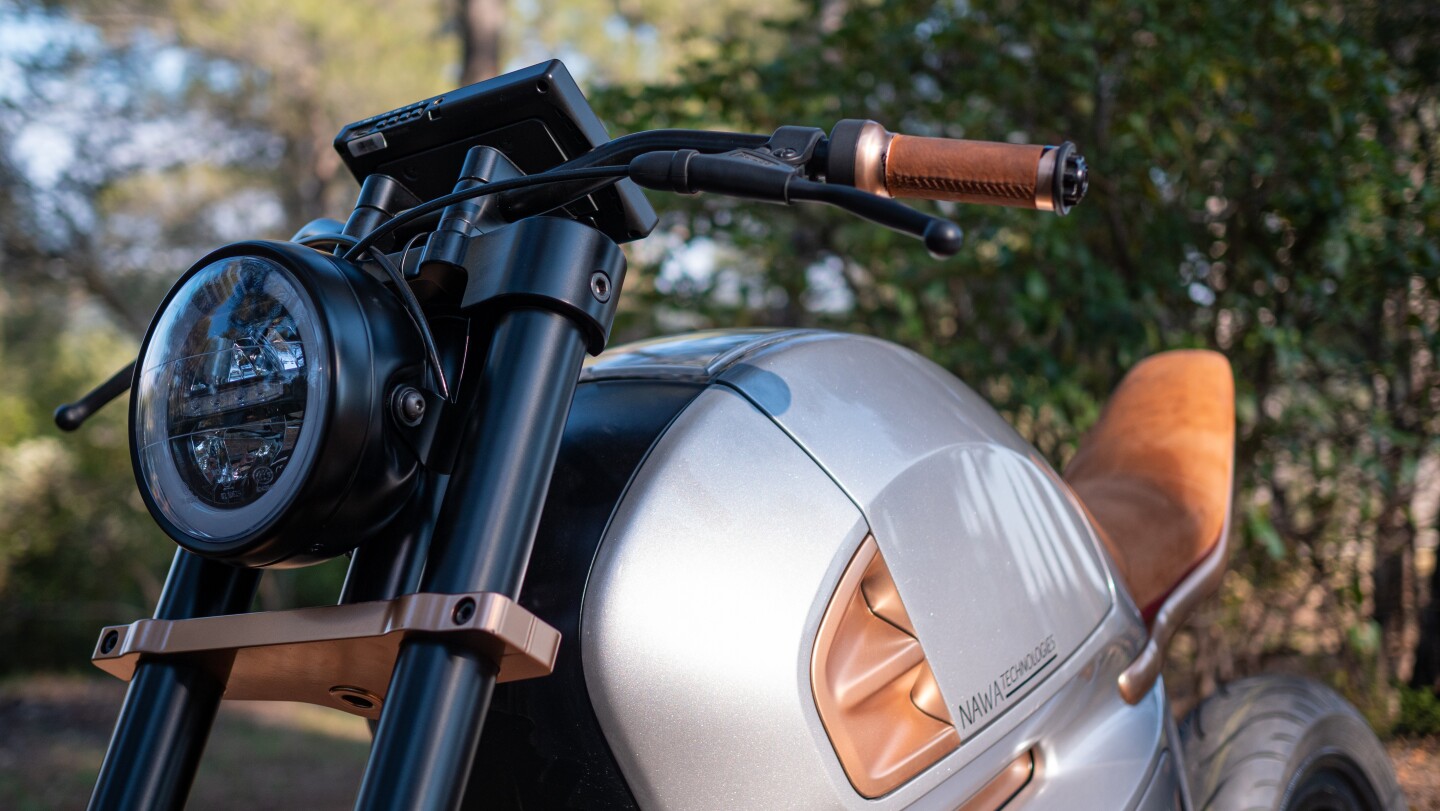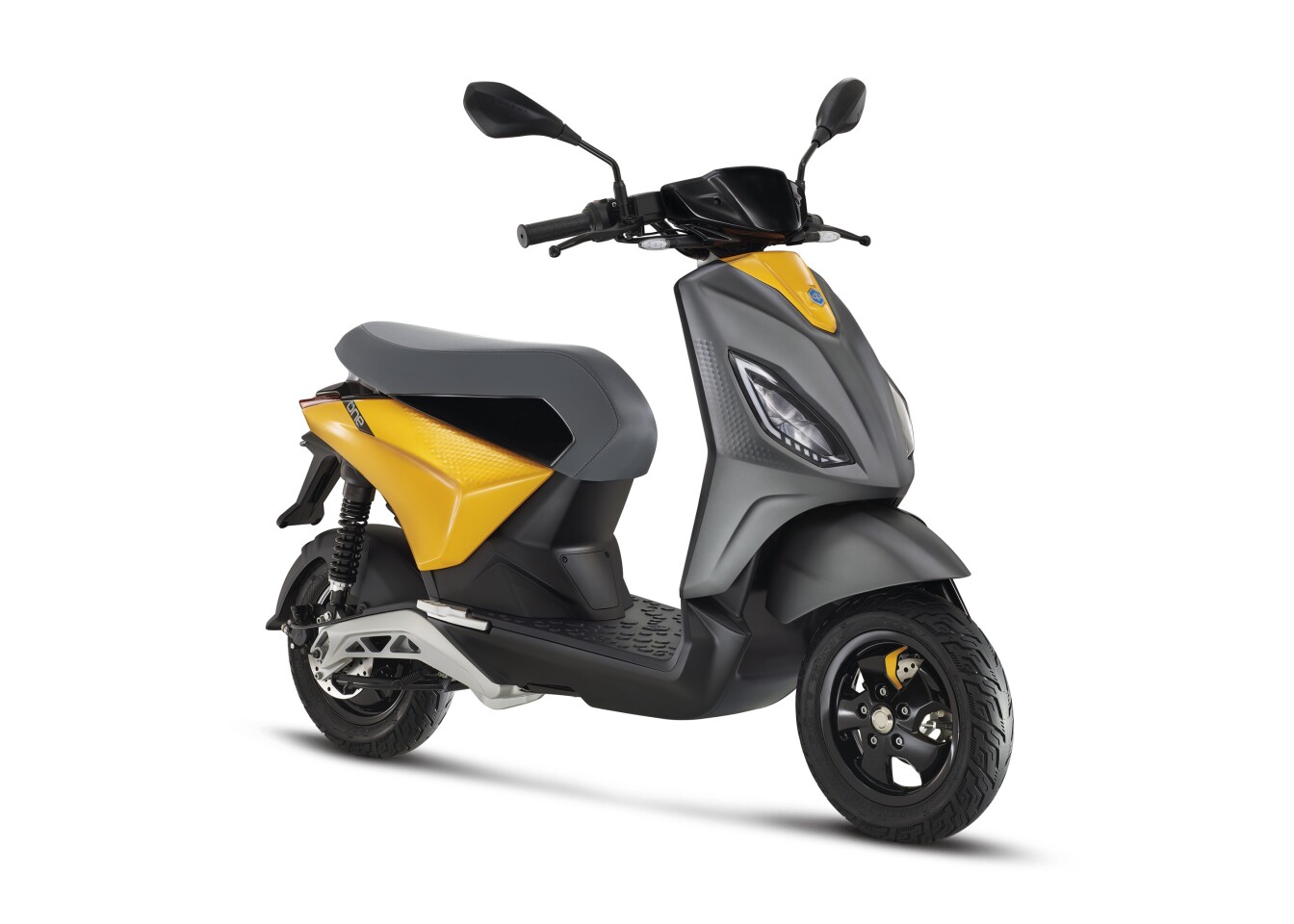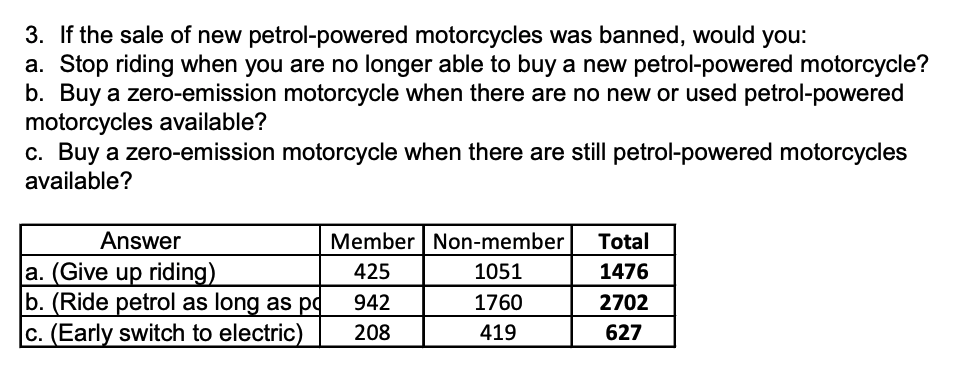Milrem combat robots support live-fire exercise in Estonia
By David Szondy
May 20, 2021

The THeMIS Combat robot
Milrem Robotics
VIEW 4 IMAGES
In a glimpse into the battlefield of the future, the Estonian Defence Force has carried out a live-fire exercise where two Milrem Robotics THeMIS combat robots provided troops with situational awareness, support fire, and casualty evacuation.
The April 2021 exercise involved ground troops carrying out a maneuver to counter a simulated incoming armor attack – represented by a white delivery van that has seen better days. With the main force remaining in defensive positions 1 km from the hostile force, a THeMIS Combat UGV integrated with FN Herstal’s deFNder Light Remote Weapon System moved to a forward point 430 m ahead.
The task of the THeMIS Combat Support robot was to transport anti-tank team ammunition and provide support fire using a 7.62 mm machine gun for the anti-tank and observer teams as they advanced. Meanwhile, a THeMIS Observe UGV deployed an Acecore tethered drone behind the main force for situational awareness and gathering targeting information for artillery. In addition to combat performance, the drone also acted as a live-fire safety monitor.

The THeMIS Observe deploying a tethered drone
Milrem Robotics
Later, after the primary target was destroyed, the THeMIS Combat acted as a field ambulance to evacuate simulated casualties to the rear. Through these maneuvers, the robots were controlled by the troops through a hand-held interface and an augmented reality headset.
"We found several benefits in including UGVs into our battle scenario," says Lieutenant Mari-Li Kapp, Commander of operations and training section (S3) in the Artillery Battalion. "Having UGVs as a part of the reconnaissance force that prepares the arrival of the main unit, the UGVs could secure the indirect fire and anti-tank teams by providing direct fire support during an engagement and whilst some units are withdrawing. UGVs could also act as front guards all by themselves since they can provide situational awareness and act as forward observers for indirect fire."
The video below shows the Milrem robots in action.


